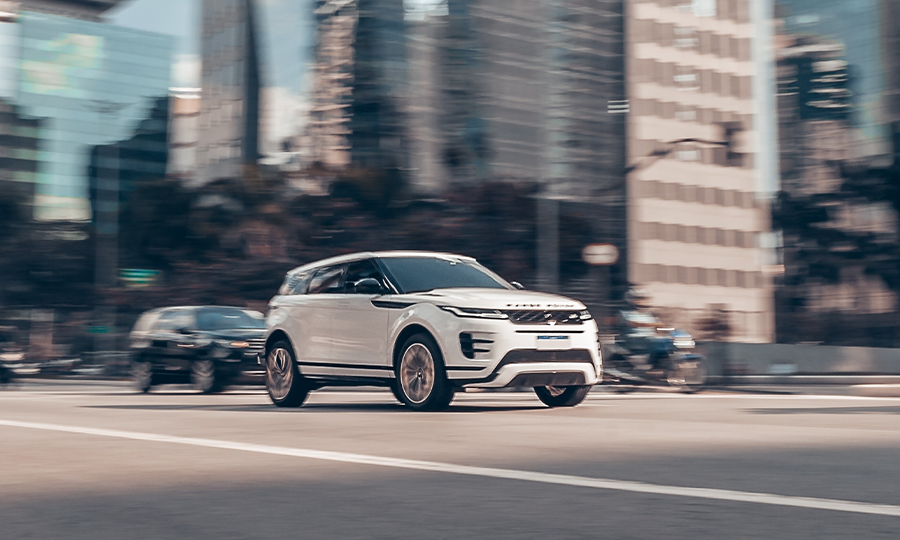
1) Airbags
Photo Credit: Pexels
Airbags, as the name suggests, are bags of air that activate and inflate in the event of a crash. Its purpose is to cushion occupants from the impact of the collision. Although airbags are standard features in every modern car, you should still check for the number of airbags there are onboard.
You should also identify where the airbags are positioned. Cars should have airbags at both the front and side of the car, as the impact could come from any corner of the car.
2) Anti-lock Braking System (ABS)
Photo Credit: Pexels
Before ABS, there was a chance for the wheels of a car to lock-up (stop turning), even under hard braking. This made steering nearly impossible, especially on slippery surfaces. ABS was developed to change that. It uses wheel sensors and a computer to maximize braking action at each individual wheel to prevent a lock-up.
This braking system also allows the driver to retain control of steering while braking, so that the car can be manoeuvred around obstacles on the road. The best way to apply ABS is to brake as hard as possible, and let the car do its job.
3) Traction Control
Photo Credit: Pexels
This system limits the amount of wheel spin there is during acceleration so that the drive wheels can have maximum traction on the contact surface. This electronic system is especially useful when driving off on wet or icy conditions, as well as taking off with a powerful car. Some traction-control systems operate only at low speeds, while others work at all speeds.
Most traction control systems use the car’s ABS to slowly brake a spinning wheel. This in turn, transfers power to the other drive wheel. To further prevent wheel spin, some systems may also throttle back the engine and shift up a gear.
4) Electronic Stability Control (ESC)
Photo Credit: Auto Buzz
A car’s ESC takes the traction control system to another level. This system helps keep the vehicle on its predetermined path during a turn, especially those sharp, high-speed turns, to prevent any sliding or skidding. The ESC is linked to a series of sensors that detect a car’s wheel speed, steering angle and sideways motion.
If the car drifts out of the driver’s intended path, the ESC system momentarily brakes at least one wheel and reduces the power delivery to get the car back on course. The system is also very helpful on vehicles with a high centre of gravity, like sport-utility vehicles (SUV).
5) Rear-View Camera
Photo Credit: Forbes
Rear-view, or reverse cameras serve two purposes. The first is to give the driver a clear, unobstructed view of what’s behind the vehicle while reversing. Its other purpose is to protect humans, animals, vehicles and everything in-between from being accidentally hit or run over.
These cameras typically use wide-angle lenses to give up to a 180-degree view from the back of the car. The screens are typically mounted in the centre of the car, into the driver’s console. Some newer cars with digital heads-up display would project the view from there.
6) Forward-Collision Warning (FCW)
Photo Credit: Pexels
The FCW uses cameras, radar and/or lasers to scan for cars ahead. It will then alert the driver if they are approaching a vehicle too quickly and if a crash is a possibility. Most systems alert the driver with visual and audible signals, allowing time for the driver to react accordingly.
7) Lane Departure Warning (LDW)
Photo Credit: Infiniti
The LDW is a system that helps the driver keep the car in the lane. This safety feature sends a warning, or buzzes the seat and/or steering wheel to warn the driver that they are drifting from their intended lane.
8) Automatic Emergency Braking (AEB)
Photo Credit: CNET
A car with an AEB system is able to predict potential collisions for the driver. If its senses that a crash is imminent, the system would cause the car to brake automatically. Although studies show that AEB is able to reduce rear-end collisions by half, there is a possibility that overly sensitive AEB systems can hinder smooth driving.
Do note that some of the safety features listed here only exist on newer car models with higher specification (especially the last three). Do consider your priorities when renting a car and see which safety features would be most beneficial to you as a driver.
This article was written by Motorist.sg.

